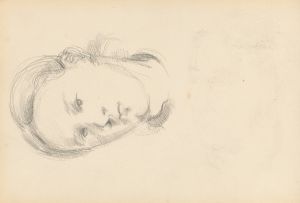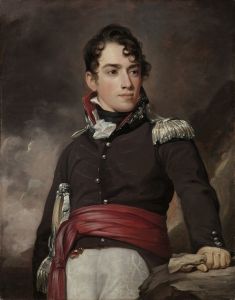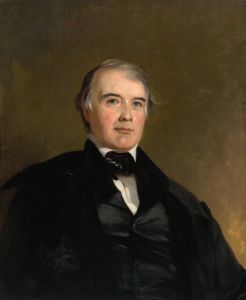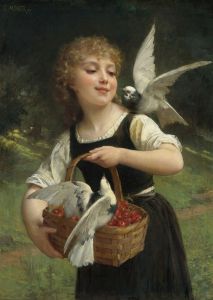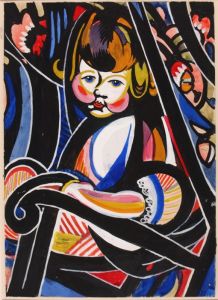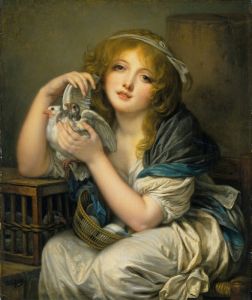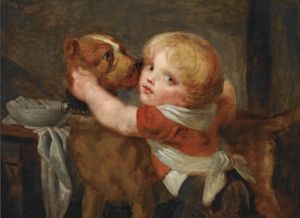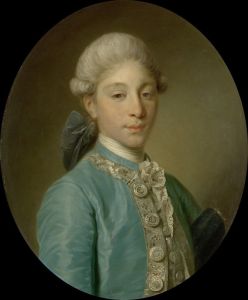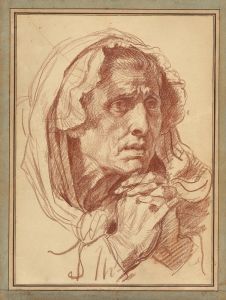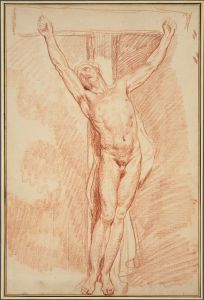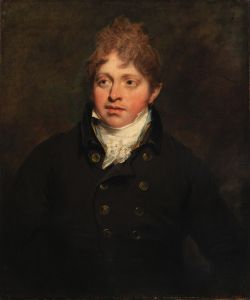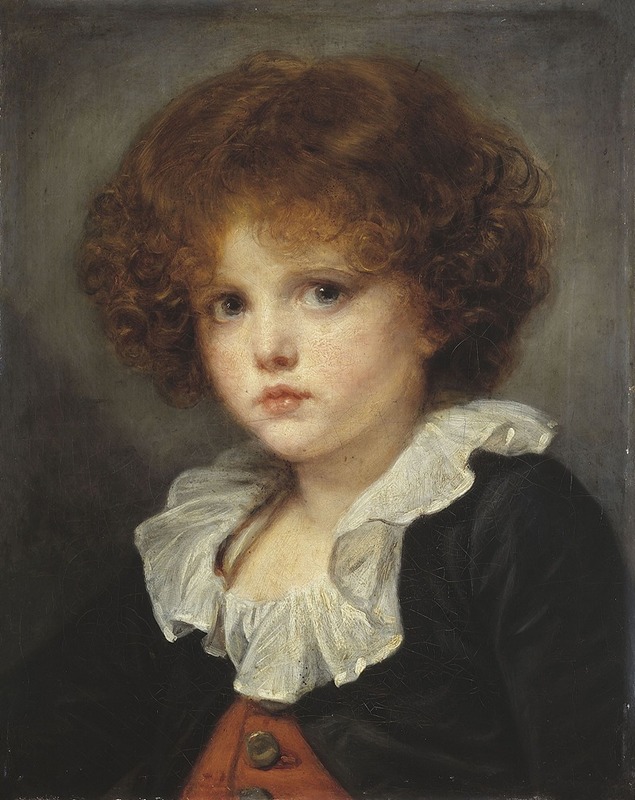
Petit Garçon au gilet rouge
A hand-painted replica of Jean-Baptiste Greuze’s masterpiece Petit Garçon au gilet rouge, meticulously crafted by professional artists to capture the true essence of the original. Each piece is created with museum-quality canvas and rare mineral pigments, carefully painted by experienced artists with delicate brushstrokes and rich, layered colors to perfectly recreate the texture of the original artwork. Unlike machine-printed reproductions, this hand-painted version brings the painting to life, infused with the artist’s emotions and skill in every stroke. Whether for personal collection or home decoration, it instantly elevates the artistic atmosphere of any space.
"Petit Garçon au gilet rouge" is a painting by the French artist Jean-Baptiste Greuze, who was renowned for his genre paintings and portraits during the 18th century. Greuze was born on August 21, 1725, in Tournus, France, and became a prominent figure in the art world, particularly known for his ability to capture the nuances of human emotion and domestic life.
Jean-Baptiste Greuze's work often focused on moralistic themes and the depiction of everyday life, which was a departure from the more grandiose historical and mythological subjects favored by many of his contemporaries. His paintings were characterized by their attention to detail, expressive faces, and the use of color to convey mood and emotion.
"Petit Garçon au gilet rouge" is a fine example of Greuze's skill in portraiture. The painting features a young boy wearing a red waistcoat, a garment that adds a vibrant splash of color to the composition. The boy's expression is contemplative, and his gaze is directed slightly away from the viewer, suggesting a moment of introspection or thoughtfulness. Greuze's ability to capture such subtle emotional states is one of the hallmarks of his work.
The use of light and shadow in the painting is particularly noteworthy. Greuze employs a soft, diffused light that highlights the boy's face and the texture of his clothing, creating a sense of depth and realism. The background is kept relatively simple, ensuring that the focus remains on the subject. This technique is typical of Greuze's portraits, where the emphasis is placed on the sitter's expression and character rather than elaborate settings or backgrounds.
Greuze's work was highly regarded during his lifetime, and he enjoyed considerable success. He was admitted to the prestigious Académie Royale de Peinture et de Sculpture in 1769, although his relationship with the institution was sometimes contentious due to his unconventional approach to subject matter and style. Despite this, his paintings were popular among collectors and patrons, and he received numerous commissions.
"Petit Garçon au gilet rouge" reflects the broader trends in 18th-century French art, where there was a growing interest in depicting scenes of everyday life and exploring the emotional and moral dimensions of human experience. Greuze's work, with its focus on the individual and the intimate, can be seen as part of the movement towards realism that would later be fully realized in the 19th century.
Today, Jean-Baptiste Greuze's paintings are held in high esteem and can be found in major museums and galleries around the world. His ability to convey the subtleties of human emotion and his contribution to the development of genre painting ensure his place in the history of art. "Petit Garçon au gilet rouge" remains a testament to his skill as a portraitist and his keen observation of the human condition.






